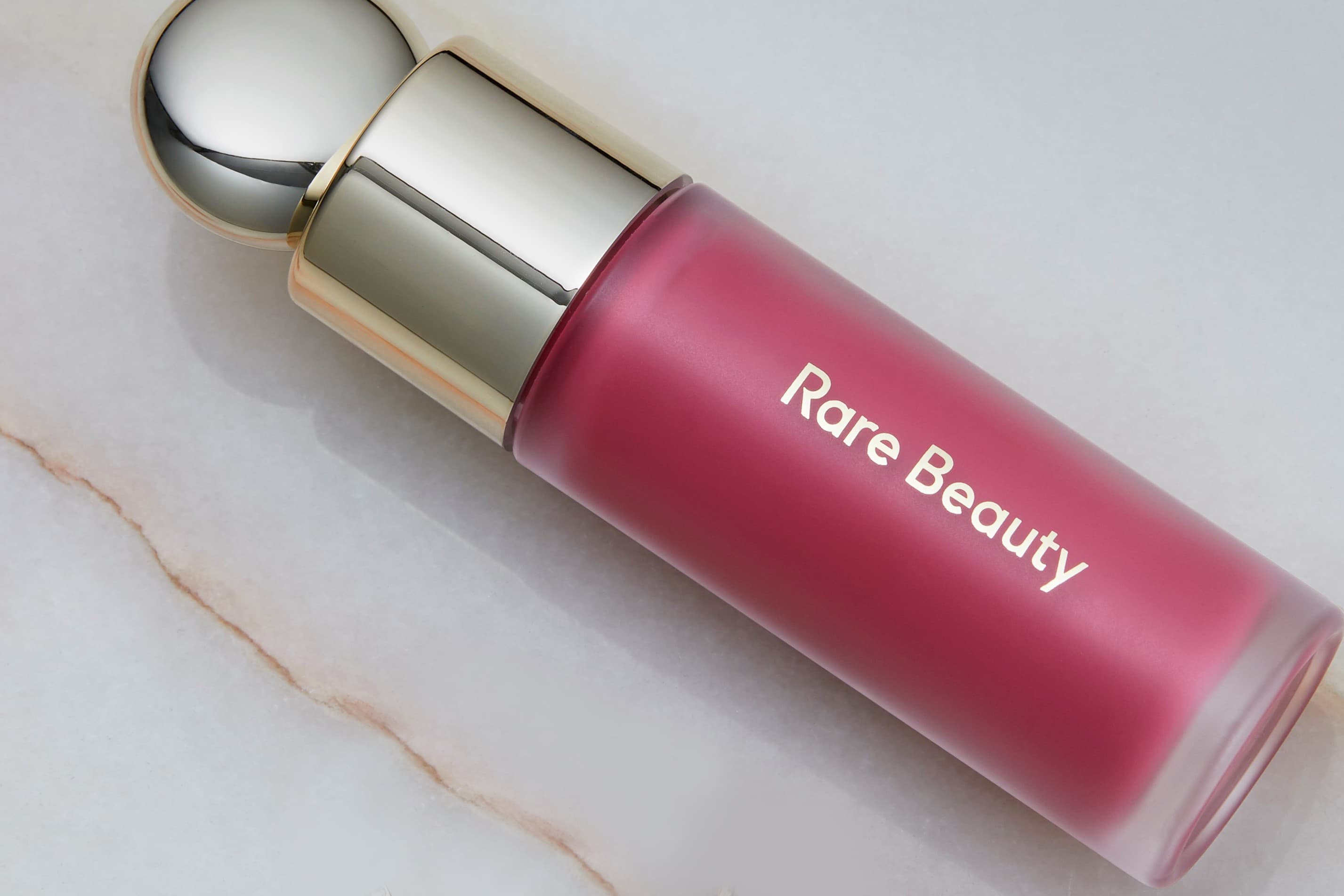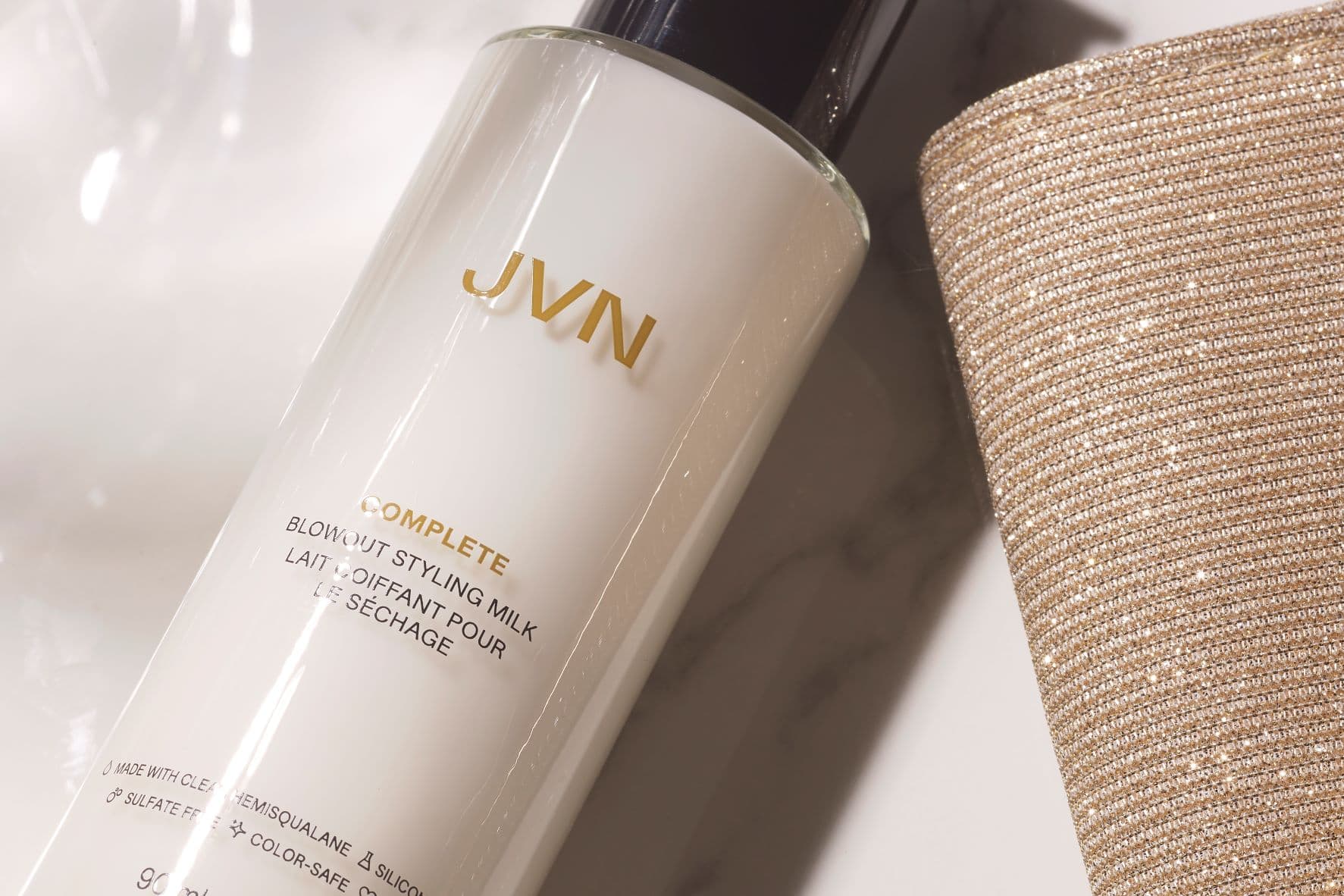
You’re reaching for your lip balm more and more often throughout the day and yet, your lips don’t seem to be getting softer. The reason? It could be doing your lips more harm than good.
In winter, it’s usual to amp up your beauty regime. From slathering on unctuous body lotions, intensive face oils and hydrating hair treatments, to opting for more moisturising face masks and bath oils. And it’s the same with your lips. As well as forgoing matte textured lipsticks for more moisturising formulas, we’ve got a lip balm in our bag, on our desk and by our bedside table – and, truth be told, we’re reaching for it again (and again) in order to satiate our sore lips. It makes sense. Our lips are thinner, more sensitive and have fewer sebaceous glands than our faces so are more vulnerable to the harsh effects the cold weather can have on the skin – and that, coupled with the central heating always being on full whack, means that the delicate skin on your lips is in a constant battle against the elements. However, how often are you reaching for yours? If it’s an hourly fixation, your lip balm could be exacerbating rather than solving the problem.
Though you might think slathering lip balm on is the solution, you might be surprised to know that there are some ingredients in your lip balms that could be doing them more harm than good. Firstly, the ingredients used to hydrate your lips could be a factor. Most lip balms will be petroleum based – think rich, waxy and intensive textures – and though it’s incredibly effective at keeping the moisture in, it doesn’t actively nourish the skin but instead, provides a barrier so that moisture can’t get out. If it works for you, great but if it doesn’t seem to be doing the trick, alternatives, such as beeswax found in Eve Lom’s Kiss Mix and RMS Beauty Lip & Skin Balm, are also super hydrating and there’s also lanolin – an oily substance derived from wool – found in the ever popular Dr. Lipp’s Original Nipple Balm for Lips and Kiehl’s Lip Balm which is brilliant at retaining moisture and hydration.
There’s also fragrance to consider. If you tend to opt for a fruity or menthol flavoured balm because you like the tingling feeling they give, chances are, they’re irritating your lips. And if they’re also chapped, cracked or sore, applying a scent-loaded lip balm onto them is only perpetuating the cycle, meaning you’ll want to apply it again and again to get the instant scent and sensation hit (it’s this that makes it feel ‘addictive’). The solution? Ideally, opt for a fragrance-free formula, especially if you’re prone to sensitivity like Drunk Elephant Lippe Balm which is also enriched with avocado, peptides and marula oils or Herbivore’s Coco Rose Lip Conditioner which contains Moroccan rose oil for a subtle scent. Treat your lips as you do the skin on your face by applying your usual skin care (including moisturisers, serums and SPF) over your lips and look for ceramides, hyaluronic acid and peptides in your lip balms. Omorovicza Perfecting Lip Balm is packed with hyaluronic spheres and Ameliorate Intensive Lip Treatment is a good choice for its omega-rich ingredients.












